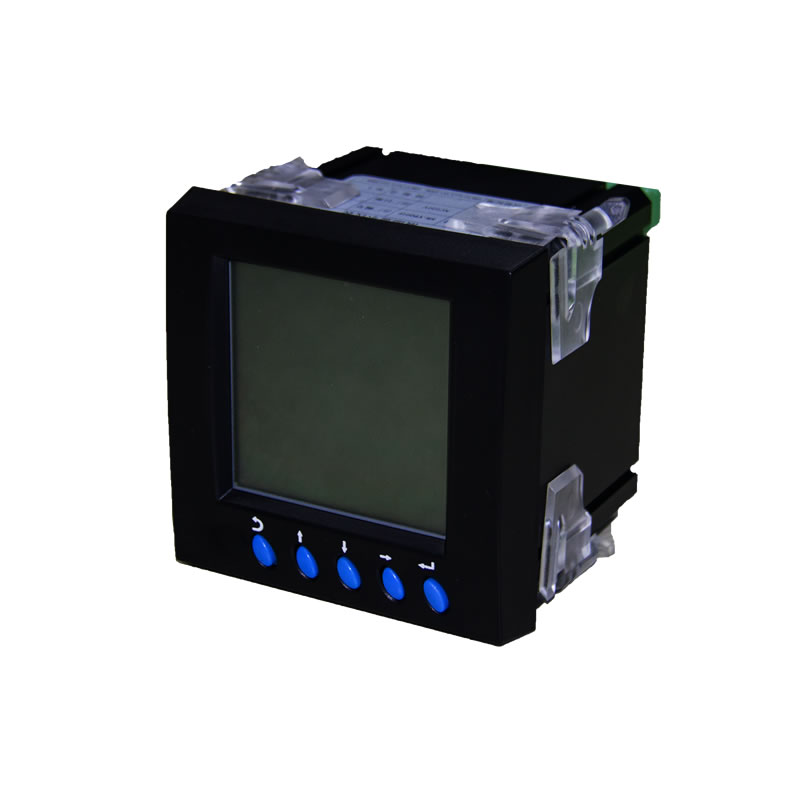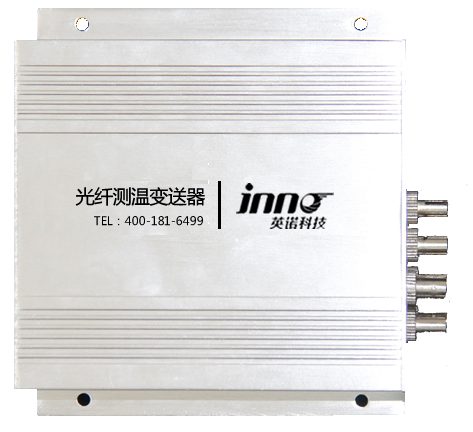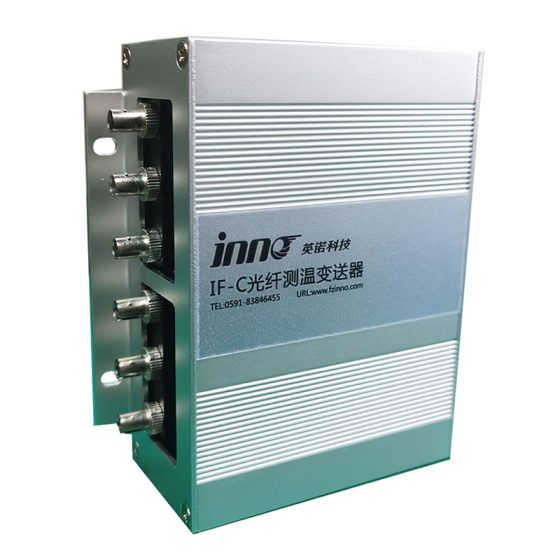Introduction to Microwave Electromagnetic Fluorescence Fiber Temperature Measurement System
Microwave belongs to ultra-high frequency electromagnetic waves, which have strong electromagnetic fields. When using conventional temperature sensors (such as thermocouples, thermal resistors, ಇತ್ಯಾದಿ) to measure temperature, metal temperature probes and wires produce induced currents under the high-frequency electromagnetic field. Due to skin effect and eddy current effect, their own temperature rises, causing serious interference to temperature measurement, resulting in significant errors in temperature readings or unstable temperature measurement. ಆದ್ದರಿಂದ, the fluorescence fiber temperature measurement system independently developed by Fuzhou INNO is a non-interference temperature sensor in the microwave field. The microwave fiber optic temperature measurement system utilizes the characteristics of fiber optic fluorescence temperature measurement, which is immune to electromagnetic radiation fields, to accurately measure the temperature of the object to be heated in the microwave cavity in ultra-high frequency, strong electromagnetic field, and heavy interference environments; And accurate temperature measurement was achieved through the probe of the fluorescent temperature sensor. The fiber optic temperature measurement system is suitable for integrating single channel or multi-channel temperature measurement, and the fluorescent fiber optic temperature measurement device is particularly suitable for precise temperature measurement under environmental interference such as thermal therapy, electromagnetic, high-frequency, and microwave.
The fiber optic probe consists of three parts: ST connector, fiber optic cable, and end temperature sensing end. The ST connector is the connection part with the photoelectric module; Fiber optic cable is the transmission part, with quartz fiber inside. The quartz fiber has a coating and cladding on the outside, and a Teflon protective sleeve on the outermost part; The end temperature sensing end contains temperature sensing rare earth materials, which are used to generate optical signals containing temperature information; The optical fiber is resistant to high temperatures of 200 ℃ and has an outer diameter of 3mm. Long term bending radius of 13.2cm. Short term bending radius of 4.4cm. When the distance between the fiber optic lead and the ground is 0.4m, it can withstand a power frequency voltage of 100KV for a duration of 5 minutes.
Characteristics of Fluorescent Fiber Temperature Sensor for Microwave Electromagnetic Interference Environment
Fiber optic temperature sensors are inherently safe, resistant to strong electromagnetic interference, have good electrical insulation, stable performance, ತುಕ್ಕು ನಿರೋಧಕತೆ, and long service life; High temperature measurement accuracy, wide temperature measurement range, and flexible configuration of temperature measurement channels; Easy installation, flexible networking, standardized data transmission, high cost-effectiveness, and stable quality; The preferred product for temperature monitoring of high-frequency and microwave equipment.

Fluorescent fiber optic temperature measurement belongs to the contact type temperature measurement method. This device achieves temperature measurement based on the length of fluorescence afterglow lifetime. The fluorescent substance applied to the remote temperature measuring end will emit corresponding fluorescence energy when stimulated by specific wavelengths of light. After removing the excitation of specific wavelengths of light, the fluorescence afterglow begins to decay. The duration of fluorescence afterglow depends on the temperature of the fluorescent substance located on the temperature measuring probe, that is, the temperature of the substance to be measured. The selection of specific wavelength light excitation is matched with the selected fluorescent substance, and the most effective excitation wavelength of different fluorescent substances is different. When choosing, it is important to focus on selecting the light wavelength that is most suitable for exciting fluorescent substances. The attenuation curve of fluorescent substances excited by light is usually in a single exponential form.
Practical Application Cases of Fiber Optic Temperature Measurement System in Microwave Electromagnetic Environment
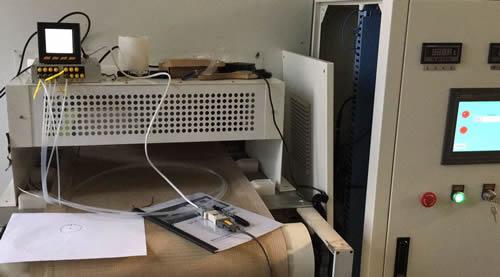 |
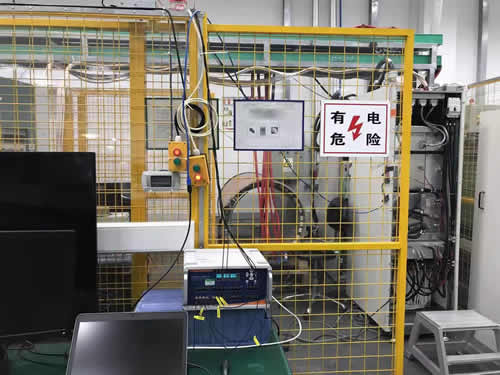 |
 |
 INNO ಫೈಬರ್ ಆಪ್ಟಿಕ್ ತಾಪಮಾನ ಸಂವೇದಕಗಳು ,ತಾಪಮಾನ ಮಾನಿಟರಿಂಗ್ ವ್ಯವಸ್ಥೆಗಳು.
INNO ಫೈಬರ್ ಆಪ್ಟಿಕ್ ತಾಪಮಾನ ಸಂವೇದಕಗಳು ,ತಾಪಮಾನ ಮಾನಿಟರಿಂಗ್ ವ್ಯವಸ್ಥೆಗಳು.
